Increasing Vehicle Prices
The rising cost of vehicles is a pivotal driver in the Gap Insurance Market. As consumers invest more in their automobiles, the potential financial loss in the event of a total loss becomes more pronounced. In recent years, the average price of new vehicles has escalated, with reports indicating an increase of over 20% in the last five years. This trend compels consumers to consider gap insurance as a safeguard against the financial burden of depreciation. The Gap Insurance Market is likely to see heightened demand as consumers seek to protect their investments. Furthermore, as vehicle prices continue to rise, the gap between the amount owed on a car loan and the actual cash value of the vehicle at the time of loss widens, reinforcing the necessity for gap insurance.
Rising Loan Financing Options
The proliferation of loan financing options for vehicle purchases is a notable driver in the Gap Insurance Market. As more consumers opt for financing, the likelihood of owing more on a vehicle than its depreciated value increases. Reports indicate that approximately 85% of new car purchases are financed, which underscores the importance of gap insurance. This trend suggests that as financing becomes more accessible, the demand for gap insurance will likely rise correspondingly. Consumers are becoming increasingly aware that in the event of a total loss, gap insurance can cover the difference between the loan balance and the vehicle's actual cash value. Consequently, the Gap Insurance Market is poised for growth as financing options expand and consumers seek to mitigate their financial risks.
Consumer Awareness and Education
Consumer awareness regarding the benefits of gap insurance is steadily increasing, which serves as a significant driver for the Gap Insurance Market. Educational initiatives by insurance companies and automotive dealers have contributed to a better understanding of how gap insurance functions and its importance in protecting against financial loss. Surveys indicate that a growing percentage of consumers are now aware of gap insurance, with figures suggesting an increase from 30% to over 50% in the last three years. This heightened awareness is likely to translate into increased policy purchases, as consumers recognize the value of safeguarding their investments. The Gap Insurance Market stands to benefit from this trend, as informed consumers are more inclined to seek out comprehensive coverage options.
Economic Factors and Consumer Spending
Economic factors play a crucial role in shaping the Gap Insurance Market. As disposable income levels fluctuate, consumer spending on vehicles tends to vary, influencing the demand for gap insurance. In periods of economic growth, consumers are more likely to invest in higher-value vehicles, thereby increasing the need for gap insurance to protect against depreciation. Conversely, during economic downturns, consumers may opt for less expensive vehicles, which could impact the overall demand for gap insurance. However, even in challenging economic climates, the necessity for gap insurance remains, as consumers seek to safeguard their financial interests. The Gap Insurance Market must navigate these economic fluctuations, adapting to changing consumer behaviors and preferences to maintain growth.
Technological Advancements in Insurance
Technological advancements are reshaping the Gap Insurance Market, providing new opportunities for insurers to enhance their offerings. The integration of digital platforms and mobile applications allows consumers to easily access gap insurance products and manage their policies. Moreover, the use of data analytics enables insurers to better assess risk and tailor policies to individual needs. This technological evolution is likely to attract a younger demographic, who are more inclined to utilize digital solutions for their insurance needs. As technology continues to evolve, the Gap Insurance Market may experience increased competition and innovation, leading to more attractive products and pricing for consumers. This shift could potentially drive higher adoption rates of gap insurance as consumers seek convenient and efficient solutions.
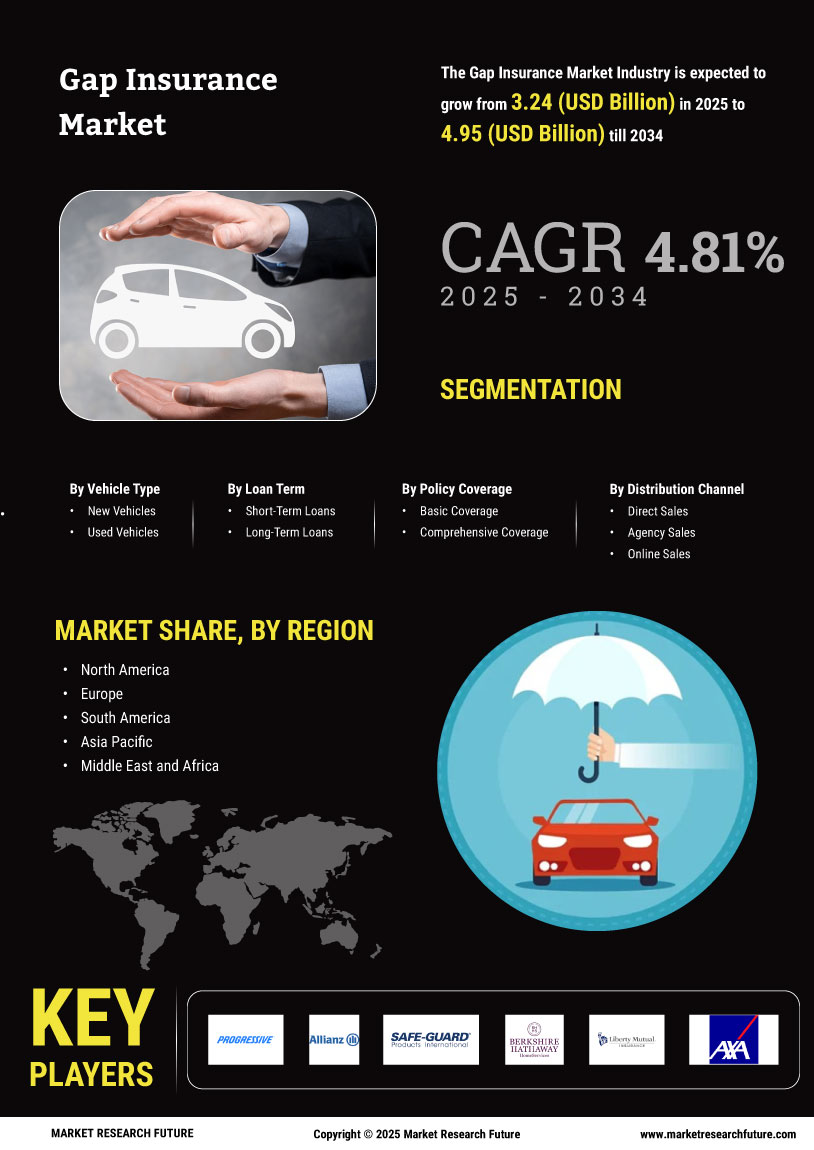


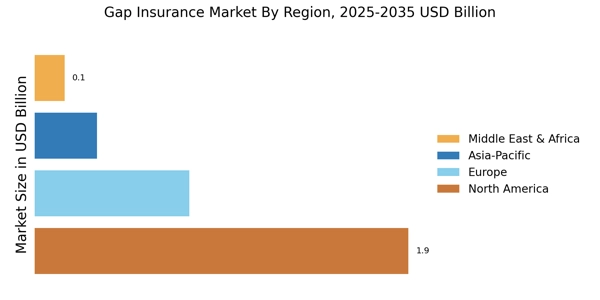
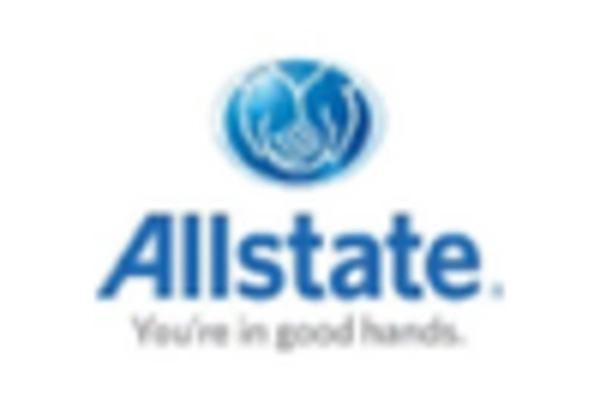

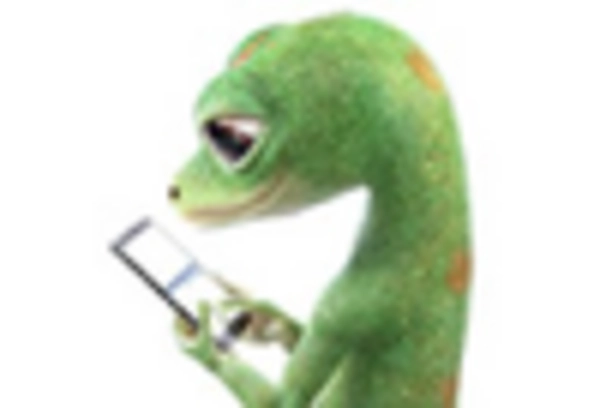
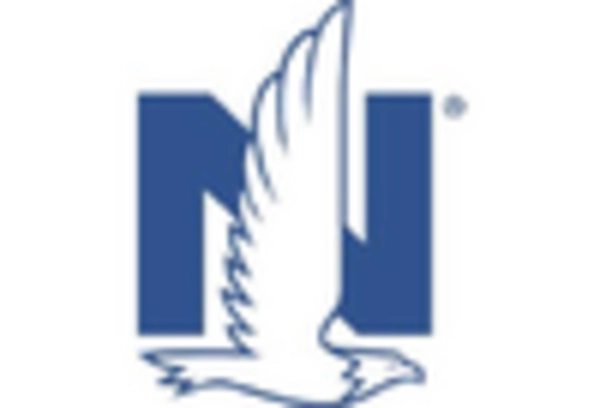
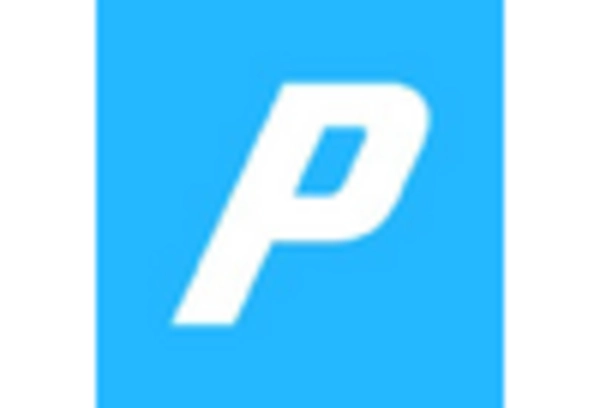









Leave a Comment